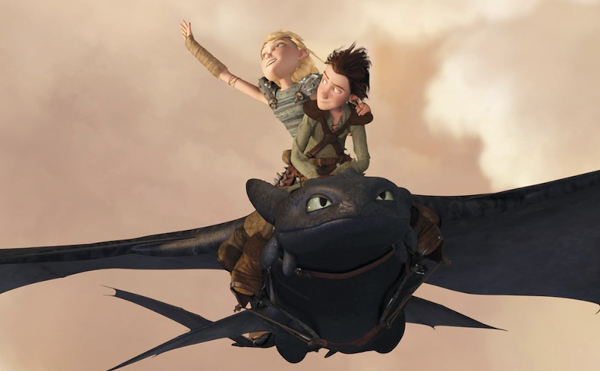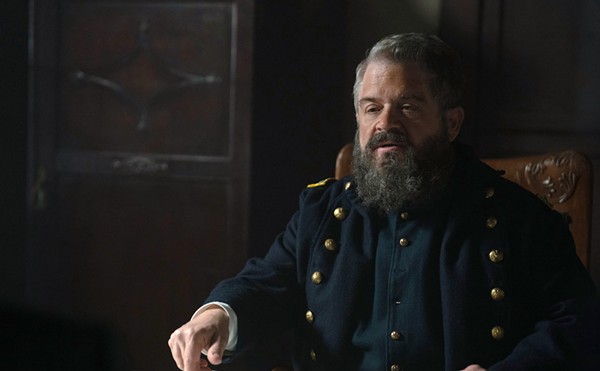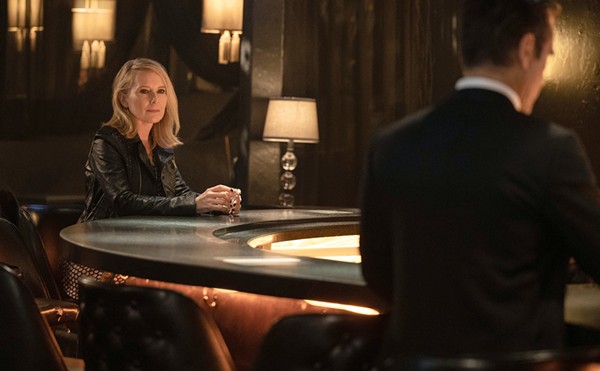When Sergei Eisenstein wrote and directed Battleship Potemkin in 1925, the Communist Party had consolidated its control over the Soviet Union. And if cinema was the most important of the arts, as Vladimir Lenin had proclaimed a few years before, Eisenstein was the most important of its artists, the filmmaker most successful at rousing the world with inspiring images of the triumphant of socialism. In 1928, Eisenstein would dramatize the 1917 Bolshevik Revolution in Ten Days That Shook the World. But with Potemkin he reached back to 1905 to a mutiny aboard a Russian battleship that, though unsuccessful in the short term at inciting widespread revolt, anticipated the overthrow of the repressive Tsarist regime 12 years later.
Potemkin begins in the Black Sea aboard a battleship whose sailors, forced to eat maggot-riddled rations, chafe under the command of a ruthless commanding officer. After killing their captain and seizing control of the ship, they sail to the port of Odessa to persuade its residents to support their cause. When a crowd of supporters — men, women, and children — assembles on the steps leading to the pier, a unit of armed cossacks advances on them and methodically mows them down. The Odessa Steps massacre might be the most famous single event in modern Russian and Ukrainian history — except that it did not happen. Eisenstein made it up, to heighten his drama and ensure our sympathy for opponents of the Romanov monarchy.
The Odessa Steps sequence has been immortalized by homage and parody in Francis Ford Coppola’s The Godfather, Brian De Palma’s The Untouchables, Terry Gilliam’s Brazil, and Woody Allen’s Love and Death, among other films. It is a perfect demonstration of what Eisenstein believed to be the essence of cinematic art — the editing of images to create a deliberate visual rhythm as well as build particular mental links. Eisenstein assembles discrete images — a teetering baby carriage, broken eyeglasses, a cossack’s rifle — in a collision montage whose cross-cutting becomes more and more rapid before reaching a crescendo of violence and gory horror.
Potemkin appeared two years before The Jazz Singer when, at the climax of the silent film era, the medium had attained a visual eloquence that made sound seem a superfluous impertinence. A monument of film history, albeit a partisan rendition of naval history, the work is a staple of film school studies. Propaganda elevated into art, Potemkin remains a stunning specimen of cinema’s ability to manipulate images and emotions.
Battleship Potemkin
Dir. Sergei M. Eisenstein; writ. Nina Agadzhanova, Nikolai Aseyev, Sergei M. Eisenstein, Sergei Tretyakov; feat. Aleksandr Antonov, Vladimir Barsky, Grigori Aleksandrov.
6:30 pm Thur, Jan 27
$5 (free for museum members)
Chiego Lecture Hall, McNay Museum, 6000 N New Braunfels
(210) 824-5368














